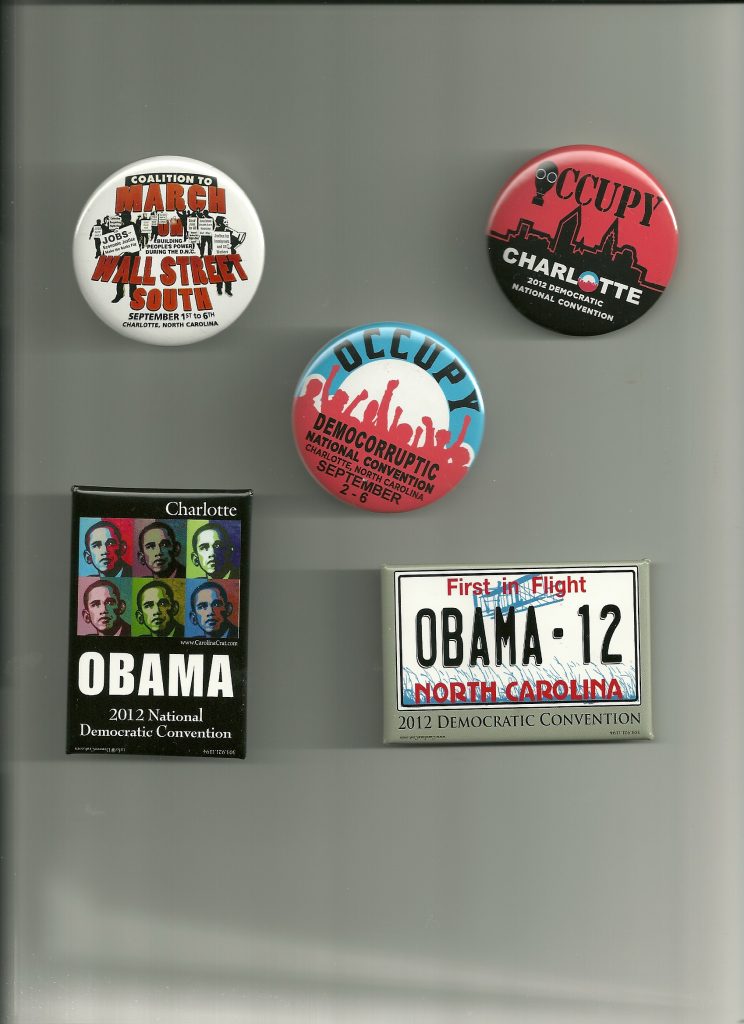“Yes, Nascar was born in the Bible Belt South. And racing and religion are inseparable. Each weekly driver’s meeting ends with a prayer and every pre-race ceremony includes an invocation….
“But… it’s one of the oddities of Nascar: Many of the people who cover the sport happen to be Jewish….
“Many of us are based around the Nascar hub of Charlotte, N.C., land of a thousand churches … and two temples. But hey, at least [speed.com editor-in-chief Tom] Jensen was able to find a nice place to celebrate his son’s upcoming Bar Mitzvah.
“It will be at the Nascar Hall of Fame. Where else?”
— From “The merry Jews of Nascar” by Viv Bernstein at Jersey/SLANT (July 23, 2013)
As might be deduced from the idiosyncratic spelling of NASCAR and the obligatory “N.C.” after Charlotte, Ms. Bernstein covers the sport for the New York Times.

